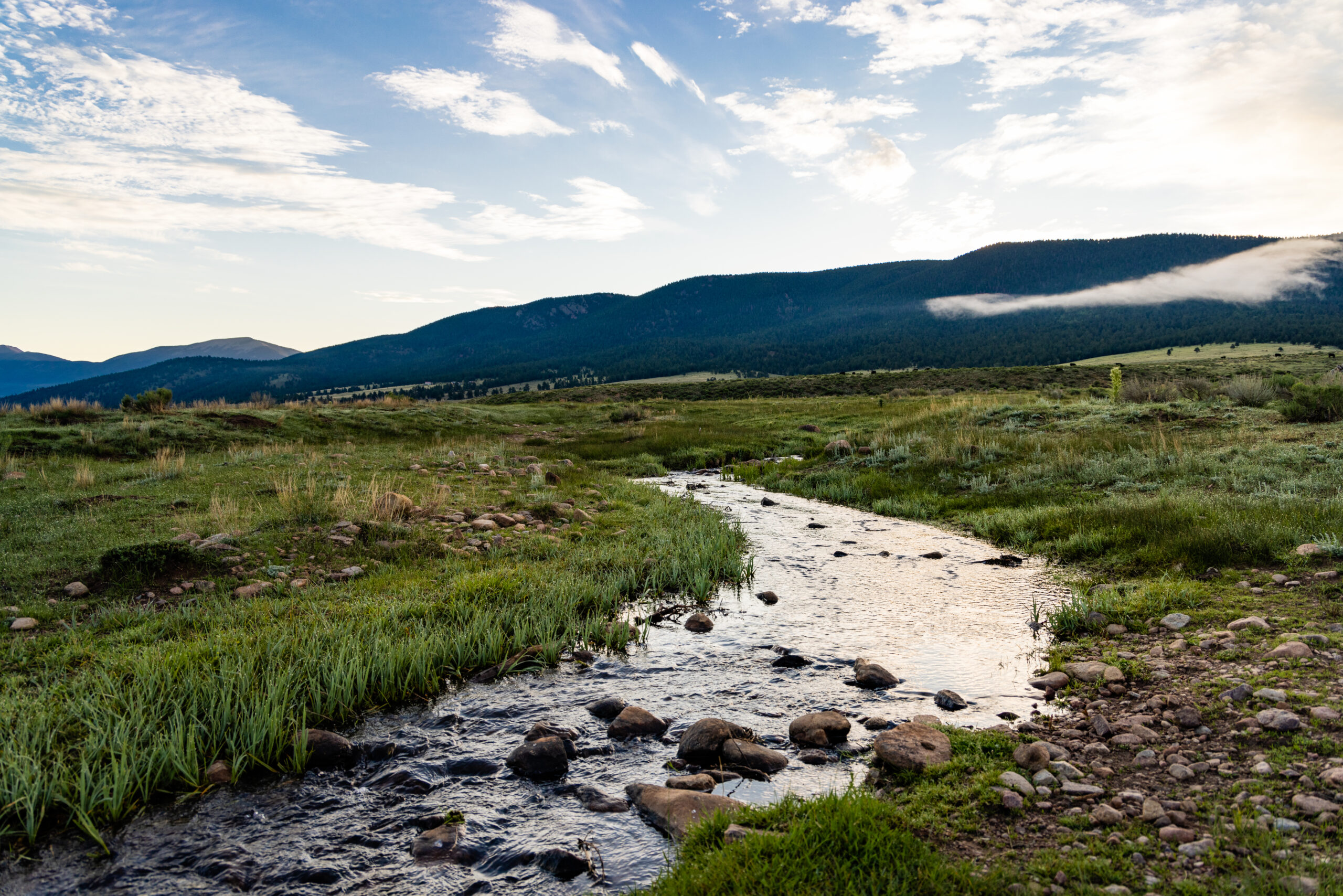Ranch real estate photography is one of the most rewarding (but also one of the most challenging) types of visual storytelling in the real estate world. Ranch properties are often remote, diverse in terrain, and rich with potential, which makes capturing their essence both an art and a logistical puzzle. In this post, we’ll explore some of the most important factors that influence a successful ranch photo or video shoot and the decisions agents and property owners must have to get the best results.
As with all marketing efforts, budget plays a key role in determining the possibilities for your shoot. While everything is possible with the right budget, often we present options that have given our clients the most bang for the buck over the years while avoiding some of the budget pitfalls that are unique to this genre of visual storytelling.
Aaron Yates has been in the ranch real estate marketing business since 2010, and has photographed thousands of property listings and created hundreds of videos portrating rural property. Prior to his filmmaking and photography business, Aaron worked as a land surveyor with his grandfather’s business since he was a child, giving him unique insights and a depth of experience into the land business that’s rare among his peers. These topics are real challenges, and we face them every single day.
🌅 Timing is Everything: When to Shoot
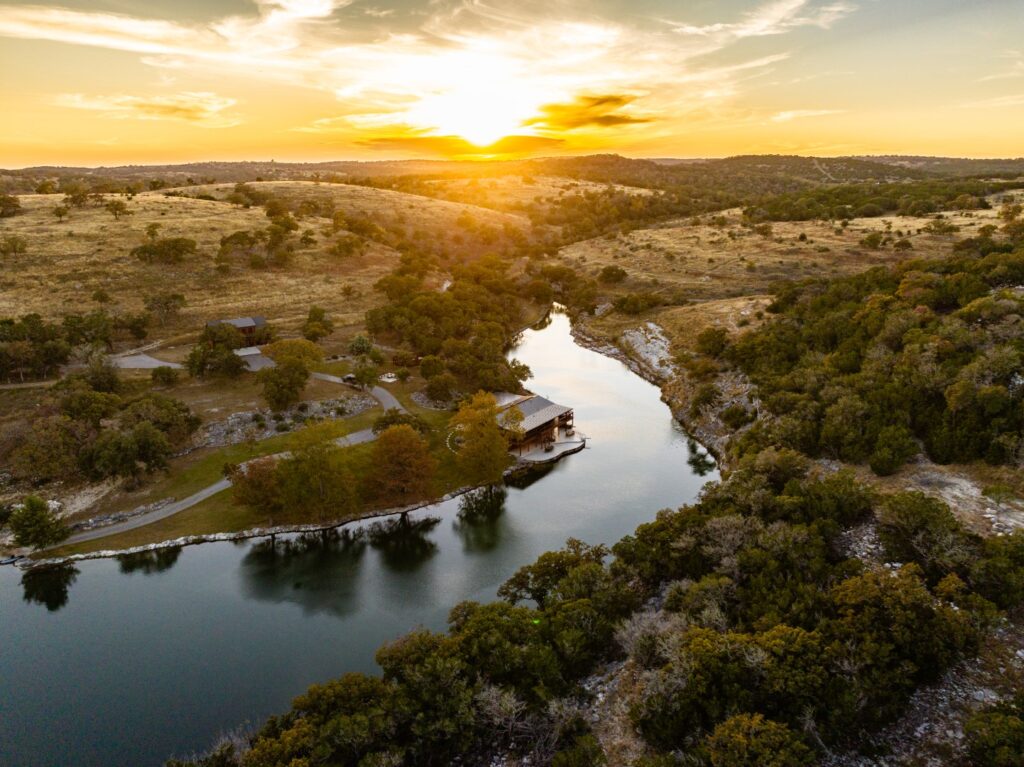
The time of day has a dramatic impact on the final look of a ranch property. Most experienced photographers will recommend shooting during “golden hour” — early morning or late evening — when the sun is low and the light is soft and warm. This lighting adds depth, contrast, and a natural glow that brings out the texture of the land.
Trade-off: While golden hour yields beautiful results, it often requires either early travel or overnight lodging, especially if the ranch is remote. This will increase the cost of the shoot, but sometimes it’s worth it!
Shooting mid-day might be more practical logistically, but it can result in harsh shadows, flat colors, and less dynamic imagery.
Morning shoots are a special challenge, because weather is harder to predict in the mornings. Often overcast skies scuttle our plans for a good morning scene. And it’s far more difficult to get into position ahead of a sunrise, since it’s dark and hard to see the composition that we’re focused on capturing.
Recommendation: For very special properties or those that require extra attention and beauty shots, we recommend capturing a sunset rather than a sunrise.
🌤 Weather: Friend and Foe
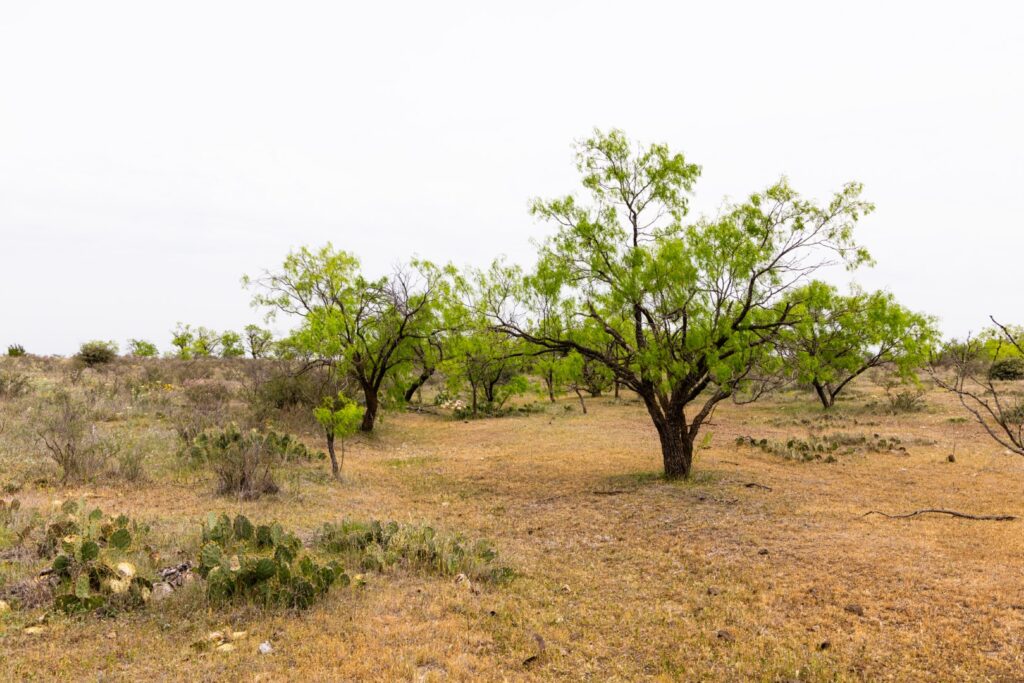
Cloud cover can be a blessing or a curse. A light layer of clouds can act like a natural diffuser, softening shadows and reducing contrast—great for detail shots of improvements and interiors. But a thick overcast sky can make landscapes look dull and lifeless. On the other hand, bright sunny skies can make the land pop, but they also create deep shadows and overexposed highlights.
Rain or other precipitation makes this type of photography impossible. While we might still be able to capture the interior of some improvements, homes that have large picture windows or great views don’t show well in the rain.
Winds can be especially problematic for drone footage and exterior shots. High winds may delay aerial work, and even moderate breezes can make it hard to capture stills with natural elements like trees or water surfaces. Dust storms or heavy pollen in the air can also be a hidden enemy of clean visuals, and we have seen those often over the past few years.
Fix it in the edit: Clouds can be turned into blue skies during the editing process, but this is a tedious and time-consuming style of editing. Not only can it add significant cost to edit dozens of exterior photos this way, it’s not a cure-all. Sometimes the photos look fake even with lots of detailed attention. And views are obstructed because of the haze, which cannot be fully restored in editing.
Recommendation: Let’s have a backup plan in case of inclement weather and discuss how you see the tradeoff between great visuals versus timely scheduling and delivery. Putting off the shoot for a better weather day is usually a good idea, but certain times of year might cause significant delays due to high demands on our schedule or multiple clients all rescheduling during an extended period of bad weather.
👤 Should the Owner or Agent Be Present?
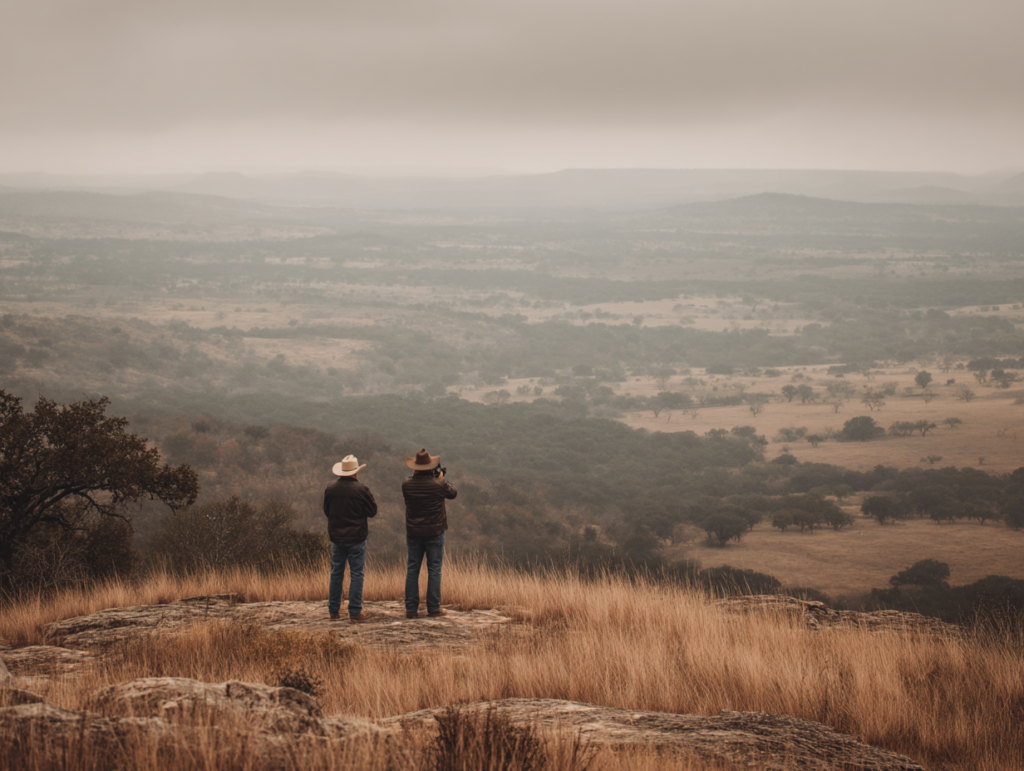
This is one of the most debated topics in real estate media. Having the owner or caretaker present can be a huge help sometimes: they know where the gates are, which roads are passable, where the best views are, and how to access key features. But their presence can sometimes slow the process if they’re too involved or indecisive. These days, thanks to detailed satellite maps being available to us, some of that assistance isn’t needed.
Agents, on the other hand, are usually focused on marketing priorities and may help guide the shoot toward what they think will sell — and can “run interference” to keep the owner from bothering the photographer too much. But again, if too many people are directing the photographer, it can dilute the creative process and lead to a less cohesive end product. Too many people and cars present on the day of the shoot can cause massive headaches as the photographer constantly has to direct people to stay out of the way, move cars around, and stay focused on the timeline of the shoot.
Best practice: Discuss goals in advance. A brief walk-through, map, or phone call before the shoot is often more helpful than hovering during it. If the owner insists on being present, let’s increase our shoot duration and budget accordingly for a more expensive project.
🦌 Capturing Wildlife: Patience, Luck, and Planning
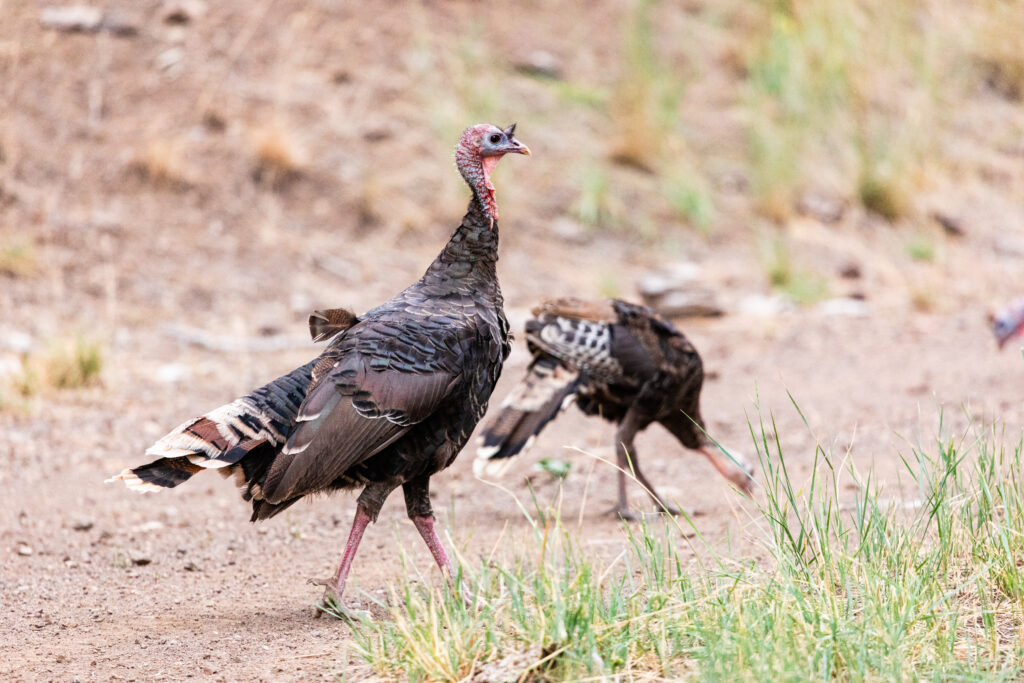
Wildlife shots can elevate a ranch listing from average to exceptional. But getting a usable image or video of deer, turkey, exotic species, or native birds takes more than just showing up.
Photographers must often scout the land, find water sources or feeding areas, and be ready with long lenses or motion-triggered gear. Even then, it’s often a game of patience and timing—or just good luck.
Riding around in a Polaris with a long lens sometimes yields great results, but again, it’s a game of chance and is often dependent on being at the right place, the right time of day, with an experienced wildlife photographer and guide.
Tip: If wildlife is a major selling point, consider scheduling plenty of time for a dedicated wildlife shoot with the right equipment and expectations.
🎥 What Kind of Video is Best?
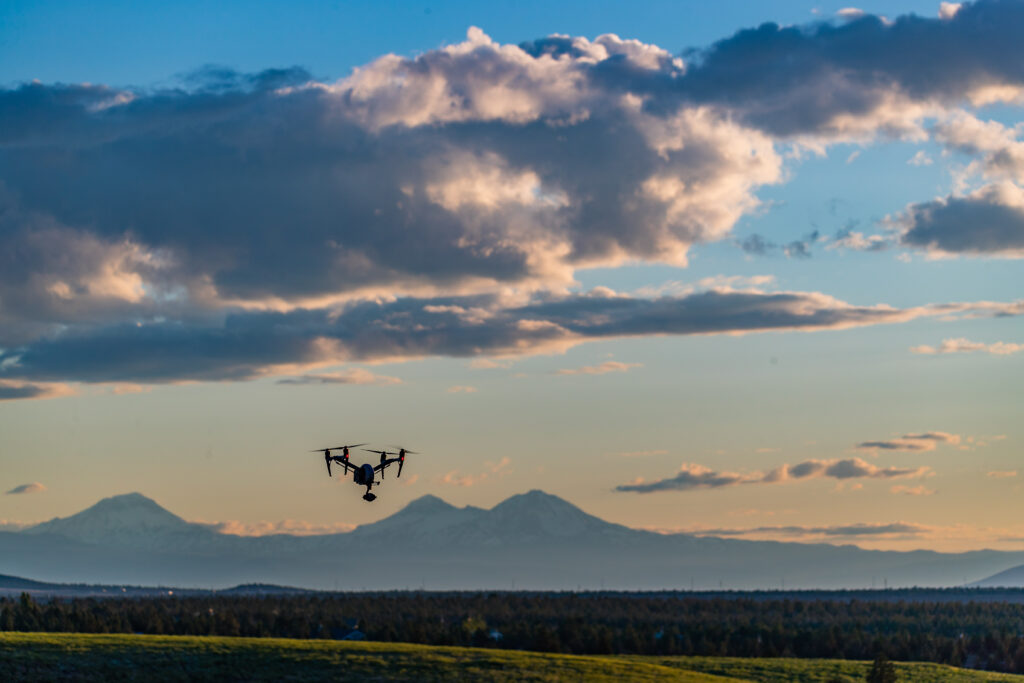
Not every ranch needs a cinematic masterpiece. The right style of video depends on the type of property and the quality of improvements:
- Raw land benefits from aerial drone work, landscape shots, and storytelling about potential use, sometimes combining footage of wildlife or game animals in the story.
- Improved properties with homes, barns, or water features call for smoother gimbal shots, interior walkthroughs, and detailed editing. These types of properties take much longer to capture and edit, which increases our budget and time needs.
- Luxury ranches may deserve a full narrative experience, complete with music, lifestyle footage, and voiceover narration. While these are usually the highest quality and most popular with buyers, they require next-level planning and execution, lots of cooperation between photographer, agent, and other stakeholders, and a large budget.
🎙 Is Narration Necessary?
A narrated video can add professionalism, guide the viewer, and provide context, but it’s not always needed. For some properties, music and text overlays are sufficient. However, narration can be a great tool for:
- Properties with historical significance
- Ranches with unique development potential
- Listings where out-of-state buyers are common and may not be familiar with the area
Ultimately, narration adds to the budget, but it also adds clarity and polish when done right.
📍 Other Considerations for a Smooth Ranch Shoot
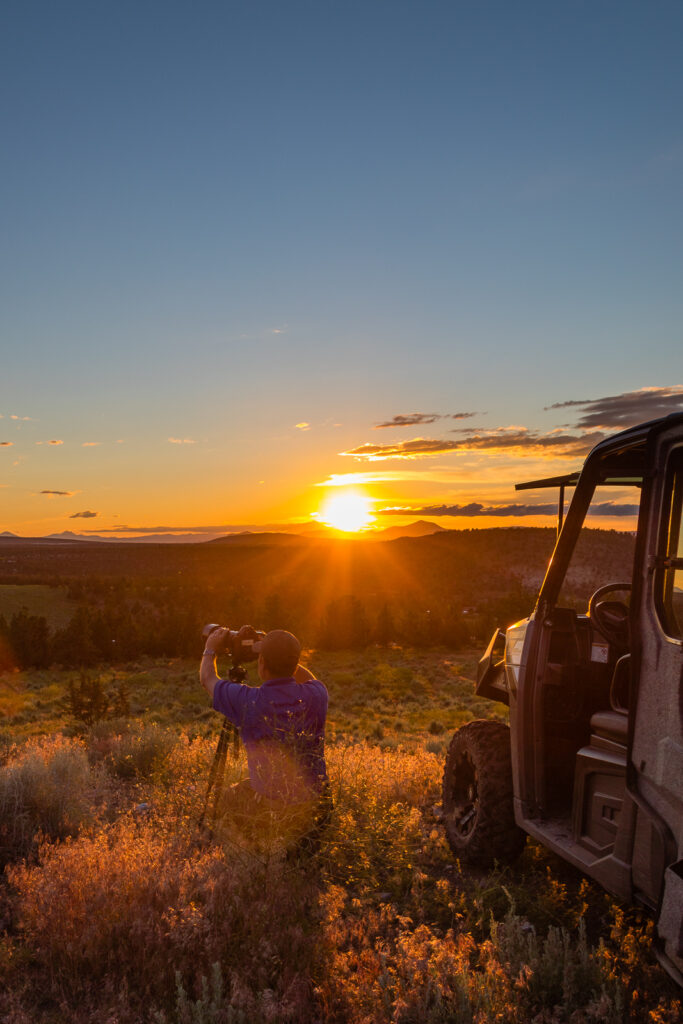
- Map Overlays & Graphics: Help orient viewers with labeled aerial maps or animations. Please provide us with a LandID link, or better yet, export a KML file from your platform so that we don’t have to recreate your boundary lines and points of interest.
- Access & Roads: Ensure trails and gates are passable before the shoot day. Provide gate combos when possible. If it’s muddy, do we need to postpone?
- Animals & Livestock: Let us know about any specific concerns about wildlife or livestock. Are there breeding pens that we need to avoid? Dangerous animals of any kind, including dogs?
- Seasonality: Spring green-up, fall foliage, or after a good rain often makes the land look its best. Of course, these are the times when our schedule tends to be the most booked, as everyone would love to shoot in the beautiful greenery of spring or the color pop of fall.
Final Thoughts
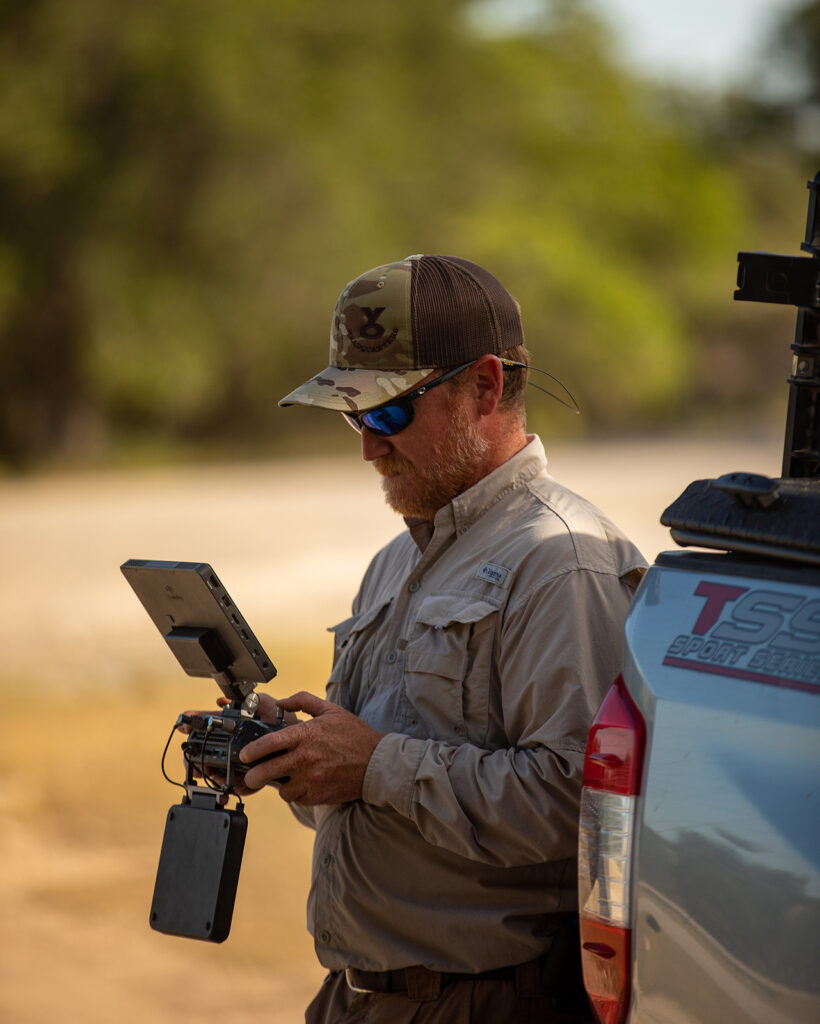
Ranch real estate photography is more than just flying a drone over some acreage—it’s about telling the story of the land. That story changes with the light, the season, the weather, and even the people involved in the shoot. With the right planning and creative approach, even the most rugged ranch can be presented with style, professionalism, and market appeal.
